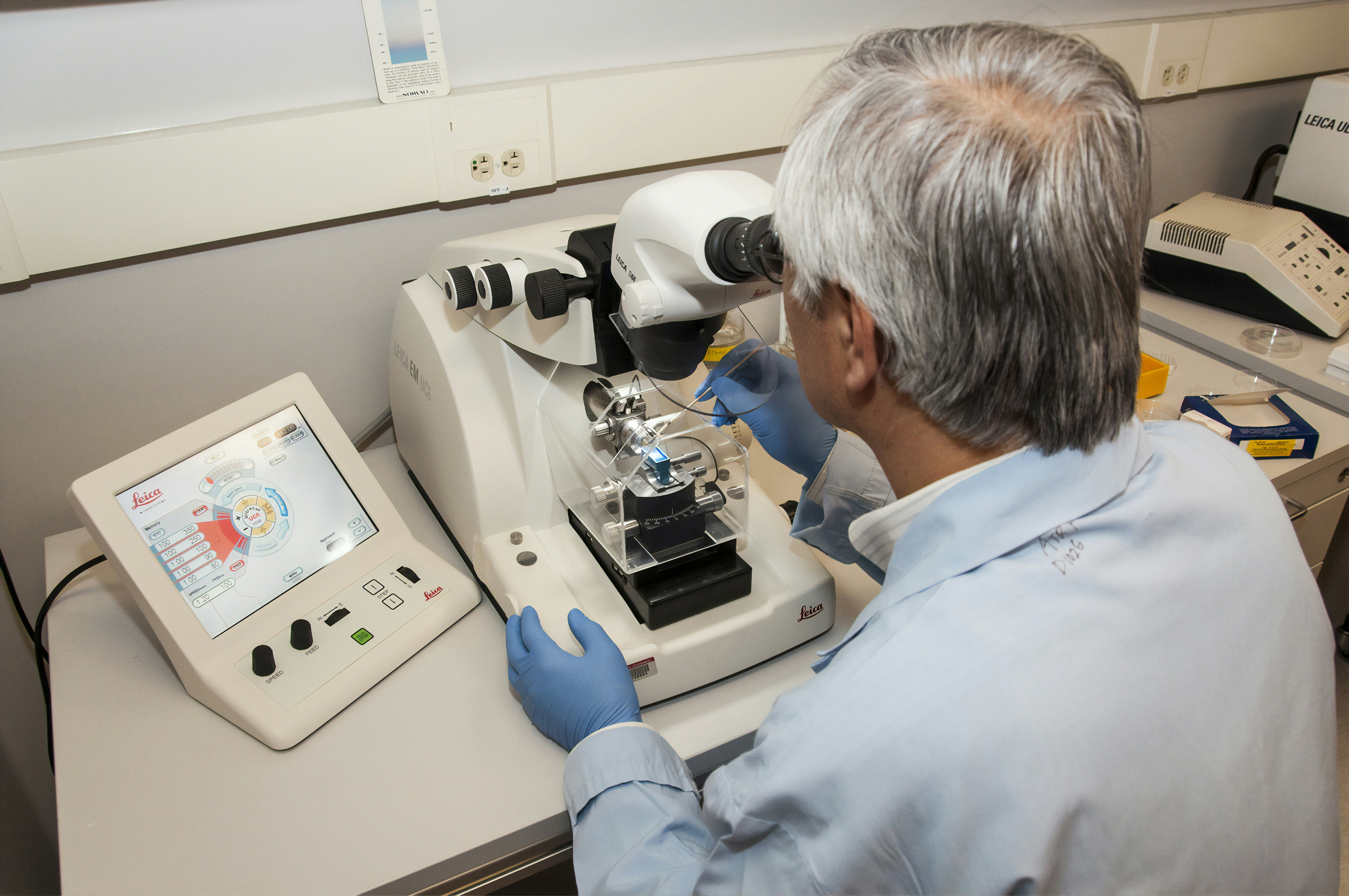Introduction to Genome-Wide Analysis
Genome-wide analysis plays a crucial role in understanding gene families in plants. This guide provides a systematic approach to carry out such an analysis efficiently. Starting with sequence downloading, progressing through various analytical tools, and culminating in data visualization, each step will enhance our understanding of plant genetics.
Downloading Sequences and Initial Setup
The first step involves downloading the required genomic sequences from databases such as Phytozome or other reputable plant genome websites. Once the sequences are secured, you can then utilize the Protoppram tool to analyze intron-exon structures and chromosome locations.
Building and Analyzing Phylogenetic Trees
Creating a phylogenetic tree is essential for understanding evolutionary relationships within the gene family. Use alignment models and the Mega X software to build your tree with at least 1000 bootstrap replications, ensuring robustness in your results. Follow this with domain analysis using tools like NCBI CDD and TBtools to further validate your findings.
Advanced Analyses and Visualizations
Once the preliminary steps are complete, you can delve into more intricate analyses. Tools such as GSDS online can help display intron-exon structures, while KA/KS ratio calculations can be performed with TBtools. Additionally, you can assess cis-regulatory elements via the Plant CARE database.
Conclusion and Further Research
Following these steps, you will have developed a comprehensive understanding of gene families in plants. This systematic approach not only lays the groundwork for further research but also contributes valuable insights into plant biology. Utilizing resources like NCBI GEO for gene expression and other databases will enhance the depth of your investigation further.
- Software and tools used during genome-wide analysis
- Download sequences phytozome or other plant genome website
- Table protopram tool intron exon chromosome location
Step 3 Understanding Source Accession, Chromosome Length, and Protein Length in Genome-Wide Analysis
Step 3 Understanding Genome-Wide Analysis: Key Attributes in Bioinformatics
- Phylogenetic tree 1000 booststrep using alignment model prediction and phylogeny tool in MEGA X
- Domain Analysis using ncbi cdd and tbtools
Understanding Motif Finder for Protein Domain Identification in Genome-Wide Analysis
Step 3 Motif and Domain Analysis in Genome-Wide Analysis of Gene Families
- Intron exon display using GSDS online website and phytogenetic tress using mega x
- Ka/ks ratio using tbtool
Understanding Gene Duplication: Importance and Ka/Ks Analysis with TBtools
- Cis regulatory analysis using Plant care database and tbtool
- EST expressed sequence tage or gene expression analysis using NCBI GEO and gd
RNA-Seq and Gene Expression Analysis for Genome-Wide Study of Plant Gene Families
- Subcellular location using https://wolfpsort.hgc.jp/
Step 4: Protein Subcellular Localization Prediction Using Wolf PSORT
- NLS signal using https://rostlab.org/services/nlsdb/
- Synteny and dual synteny Analysis using tbtool
Step 7 Synteny Analysis for Genome-Wide Studies of Plant Gene Families
- Chromosome mapping using http://mg2c.iask.in/mg2c_v2.0/ or https://www.wur.nl/en/show/Mapchart.htm
- Go mapping
- miRNA data analysis
MiRNA Prediction for Genome-Wide Analysis of Gene Families in Plants
- Endnote or mendley reference






Understanding RNA-Seq And Gene Expression Analysis For Genome-Wide Study Of Plant Gene Families
[…] 3 This workflow allows for comprehensive analysis of a plant gene family‘s expression and functional roles using online […]
MiRNA Prediction For Analysis Of Gene Families In Plants
[…] A Step-by-Step Guide for Genome-Wide Analysis of Gene Families in Plants […]